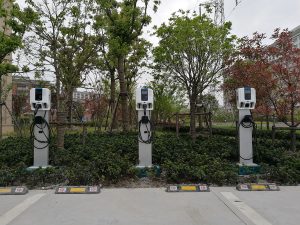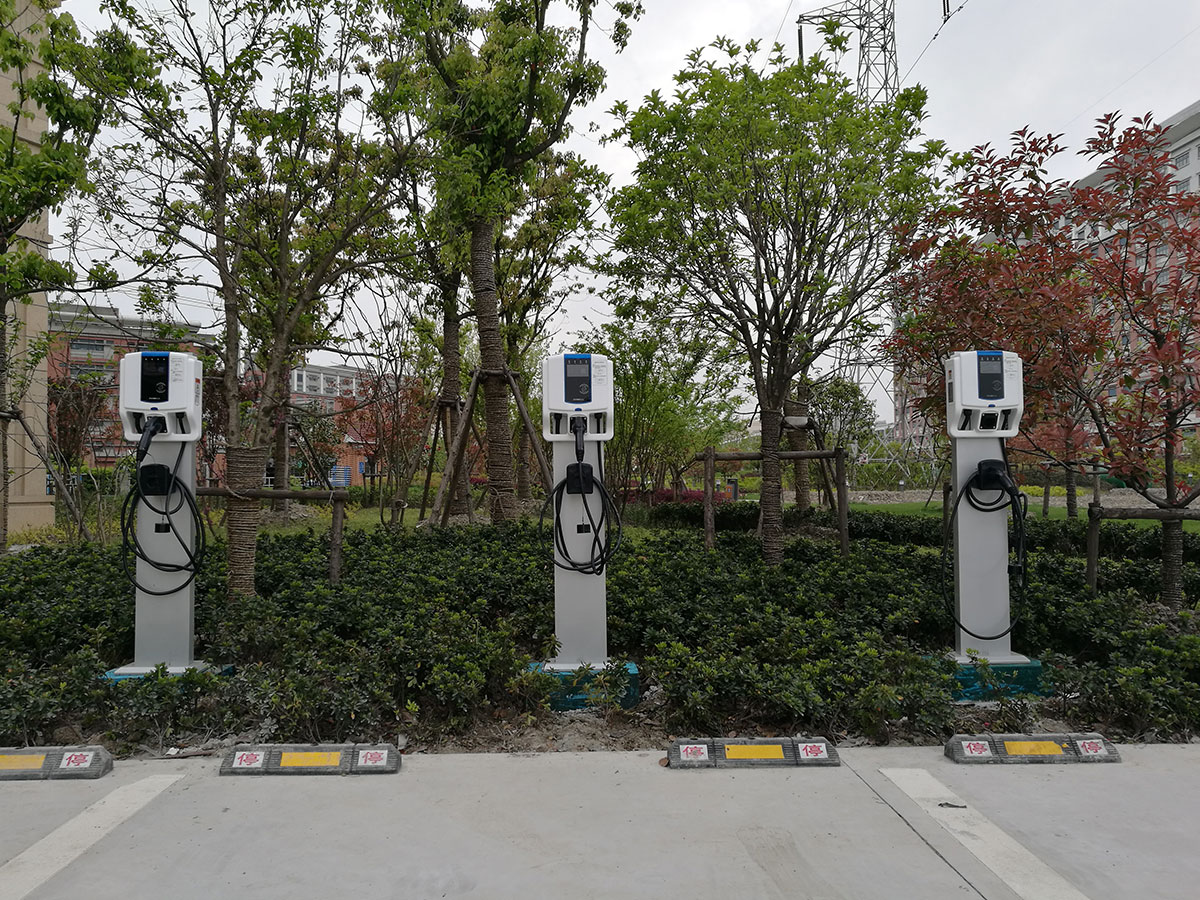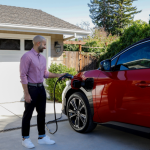Electric vehicles (EVs) are becoming mainstream, and having a home charging station greatly improves convenience. A Level 2 home charger (240 V) can replenish an EV’s battery far faster than the standard Level 1 (120 V) “trickle” charger. For example, a typical Level 2 unit adds roughly 10–36 miles of range per hour of charging, whereas Level 1 adds only about 3–5 miles per hour. The higher power of Level 2 (often 6–9.6 kW in the US, up to 19.2 kW or 22 kW in Europe) means most EVs can fully charge overnight, even after a long drive. In practice, Energy Star suggests that if you routinely drive more than ~40 miles per day, a Level 2 charger is often a worthwhile upgrade. Level 2 chargers also tend to be more efficient (around 90% vs ~80% for Level 1) and more durable, with longer warranties. These features make Level 2 home charging much more practical for daily use.

Key Features of Home EV Chargers
When shopping for a Level 2 charger, look at its power output, connectors, and smart features. Power output (amps/kW): Level 2 chargers draw from a 240 V circuit. Common models deliver 16–40 A (3.8–9.6 kW); some hardwired units go up to 80 A (19.2 kW in US or 22 kW in Europe). The higher the amperage, the faster the charge (up to what your EV can accept). Connector type: In the US all Level 2 EVs use the SAE J1772 connector. (Tesla owners can use an adapter.) In Europe, the Type 2 “Mennekes” connector is standard. Cable length and mounting: Make sure the charger’s cable can reach your parking location. Most include 18–25 ft cables. Chargers can be wall- or pedestal-mounted, indoors or outdoors. Smart features: Modern chargers often include Wi-Fi/Ethernet, mobile apps, scheduling and energy monitoring. These allow you to set off-peak charging, track energy usage, or receive firmware updates. For example, many utilities offer special time-of-use rates – a smart Level 2 charger lets you schedule charging during lower-rate hours. Certification and durability: Verify safety listings (UL 2594/ UL 2231 in the US, CE in EU) and a robust enclosure rating. For outdoor use, choose an IP44 or higher enclosure and consider hardwired installation to ensure a weather-tight seal. Finally, check the warranty – many Level 2 chargers come with 3–5 year warranties, reflecting their expected lifespan.
Installation Requirements and Costs
A Level 2 EV charger requires a dedicated 240 V branch circuit. In many US homes, a NEMA 14-50 or NEMA 6-50 outlet (like a clothes dryer or welder plug) can be used. If your garage already has a 240 V outlet of sufficient amperage, installation may be as simple as plugging in the charger. Otherwise hire a qualified electrician to add a new 240 V circuit (often 60 A breaker for a 40 A charger) or hardwire the unit. The electrician will install the correct breaker, outlet or disconnect, and ensure the circuit is protected by a ground-fault interrupter. Expect installation costs to range from a few hundred to a couple thousand dollars, depending on your panel and wiring.
Proper installation is critical. The charger should be mounted at a convenient height and location, with cable management (hooks or retractors) to keep the cord neat. If the charger is outdoors or in a damp garage, make sure all connections are sealed. Once installed, you or your electrician should test the charger with a vehicle and verify that the panel can handle the load. In many jurisdictions, an inspection or permitting may be required – check local electrical codes.
With the charger in place, operating it is straightforward. Simply plug your EV into the station each night. Take advantage of smart scheduling to charge during off-peak utility hours and save on energy costs. And remember, installing a charger can make you eligible for incentives (see our USA incentives post). Overall, a Level 2 home charger is a cost-effective way to ensure your EV is fully charged and ready every day


